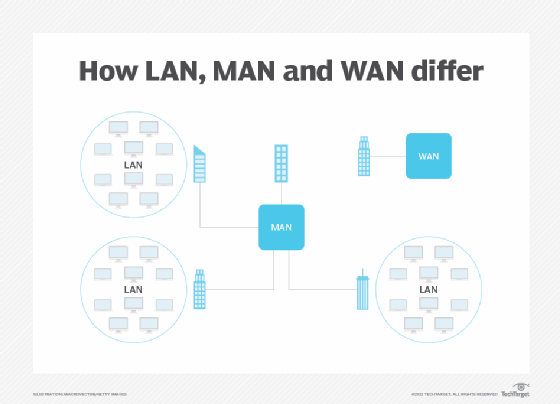Joint Academic Network (JANET)
What is the Joint Academic Network (JANET)?
The Joint Academic Network (JANET) is an internal, high-speed computer network that links the U.K. education and research community. It is an internet made up of local area networks (LANs), metropolitan area networks (MANs) and network hubs that connect the community internally and externally to online services.
All research councils and higher education institutions within the United Kingdom use the JANET. Many U.K. schools also subscribe to this network while maintaining their own internet connectivity.
JANET serves over 18 million users a day and is the most extensive national research and education network in Europe.
Jisc Services Limited operates the JANET. It is governed by the UKERNA (United Kingdom Education and Research Networking Association), a nonprofit group of the U.K. Higher Education Funding Council.
How does the Joint Academic Network work?
JANET uses the X.25 packet-switched network architecture and the Coloured Book protocols to support interactive terminal access, interhost file transfer, email and data transfer between machines.
The Coloured Book protocols are a system of rules developed in the United Kingdom to govern the transmission of information. They define the syntax, semantics and synchronization of communication between machines.
What is JIPS and SuperJANET?
JIPS and SuperJANET are terms associated with the history and development of the United Kingdom Joint Academic Network.
JIPS is the acronym for JANET IP Service, which was piloted in 1991. As network traffic increased, several hardware upgrades were incorporated into the JANET system.
By 1993, JANET had been migrated to a fiber optic 34 Mbit/s ATM system called SuperJANET.

What is the history of the Joint Academic Network?
In the late 90s, beefed-up versions of SuperJANET, SuperJANET2 and SuperJANET3 were released, supporting speeds of 155 megabits per second (Mbps). This network now connected all major U.K. universities, including London, Bristol, Manchester, Leeds and Oxford.
SuperJANET4, released in 2001, saw the implementation of 2.5 gigabits per second (Gbps) core backbone, which provided connectivity to regional information systems. The user base increased as computer science institutions and more schools joined the network.
SuperJANET5, launched after a £29 million investment, was a hybrid network offering a high-speed IP transit service and private bandwidth HTML services.
JANET6, the latest version of the network, went live in 2013 with an initial capacity of 2 terabits per second (Tbps).
What are the benefits of the Joint Academic Network?
JANET provides the U.K. education and research community with a number of benefits, including:
- Capacity. JANET is a high-speed network that can carry 3 petabytes of data each day in 2021. It can support data-heavy services like video conferencing and video uploading.
- Scalability. JANET can support large-scale enterprises with many end-users, as well as smaller organizations.
- Broad reach. JANET provides direct peer-to-peer connections for 600-plus educational universities, global cloud providers and supports international collaboration.
- Security. JANET has built-in cybersecurity protection to thwart any external network attacks.







